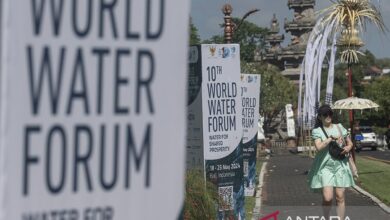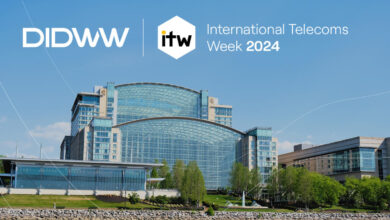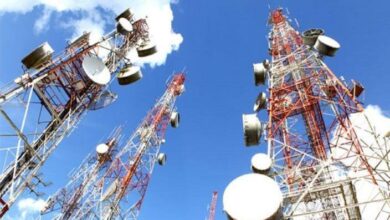Workshop discusses electromagnetic exposure from telecom towers
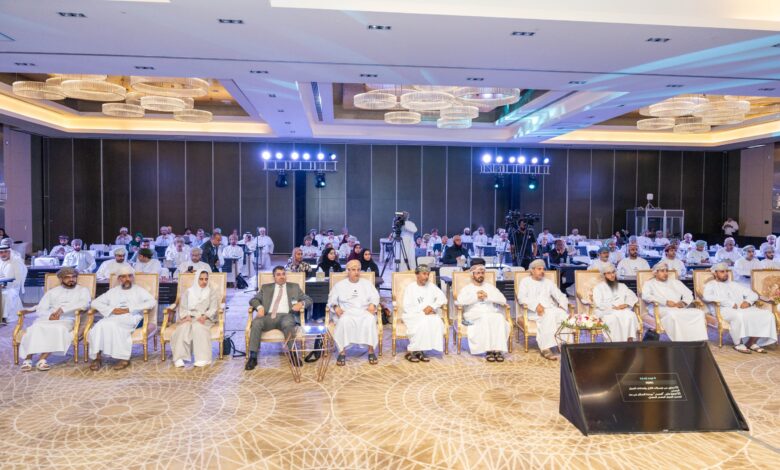
Muscat – The Telecommunications Regulatory Authority (TRA), in collaboration with the International Telecommunication Union, launched a regional workshop in Muscat on Monday, titled ‘Electromagnetic Field Compatibility: Achieving a Balance between Tower Connections and Safety and Choosing Tower Sites in the Arab Region’.
The four-day event, concluding on May 16, focuses on mitigating human exposure to electromagnetic fields while adhering to international safety standards.
The workshop aims to educate participants on regulatory and legal frameworks for constructing telecommunications towers, addressing urban planning impacts on telecom infrastructure, and navigating the challenges faced in this rapidly evolving field. It combines discussions on electromagnetic field assessment, guideline development, health research, and the future needs and standards for compliance assessment.
Highlighting national efforts across Arab countries, the workshop features Oman’s commitment to international safety standards through stringent regulation and field measurement enforcement to ensure public safety and regulatory compliance. “The sultanate is dedicated to upholding the highest standards to ensure the safety of its populace,” remarked a TRA spokesperson during the session.
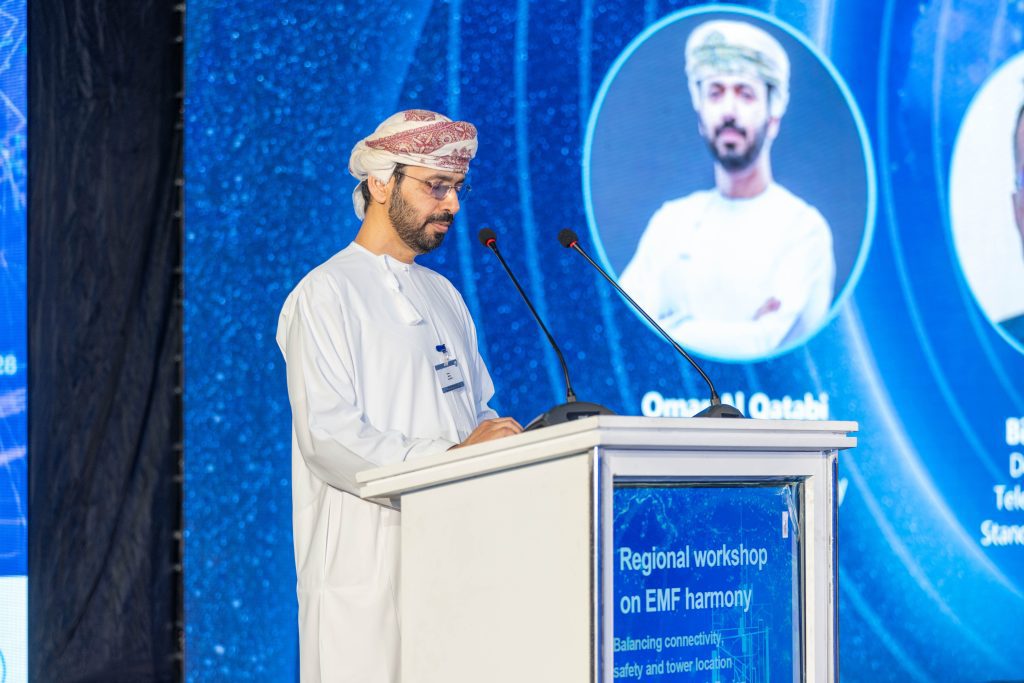
Omar bin Abdullah al Qatabi, Vice President of the Telecommunications Regulatory Sector at TRA, stressed the importance of disseminating scientific information concerning the operations of telecommunications stations, their radiation emissions, and control mechanisms. “It is crucial to maintain transparency and promote informed decision-making regarding electromagnetic field management,” he said.
The workshop also reviews regulatory and supervisory measures necessary to monitor electromagnetic fields effectively. It underscores the importance of having robust regulatory frameworks to protect public health and ensure the responsible deployment of telecom infrastructure.
Participants are discussing international standards and guidelines set by bodies such as the International Commission on Non-Ionizing Radiation Protection, the International Committee on Electromagnetic Safety of the Institute of Electrical and Electronics Engineers, and the World Health Organization. These standards are crucial for setting exposure limits and compliance assessments in the telecom sector.
Further, the impact of urban planning on telecom infrastructure is a key topic, with a focus on optimising telecommunications networks while addressing regulatory and environmental concerns. This holistic approach ensures that the development of telecom infrastructure aligns with urban development and public health objectives.
